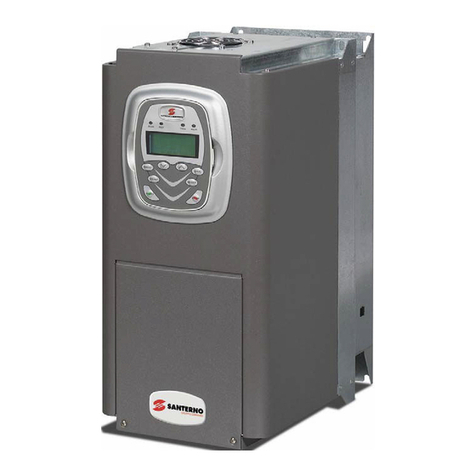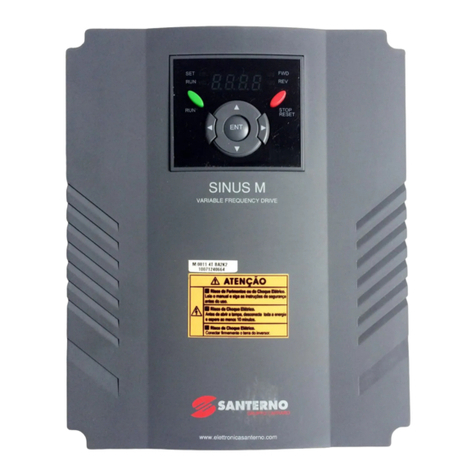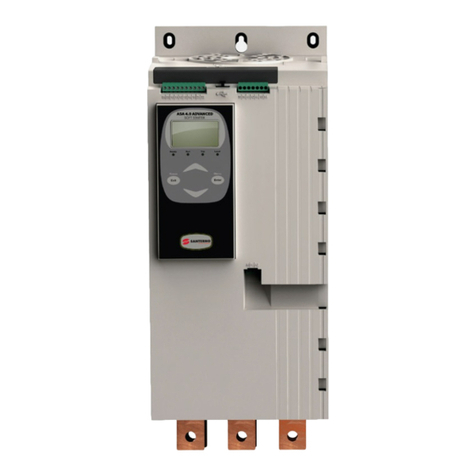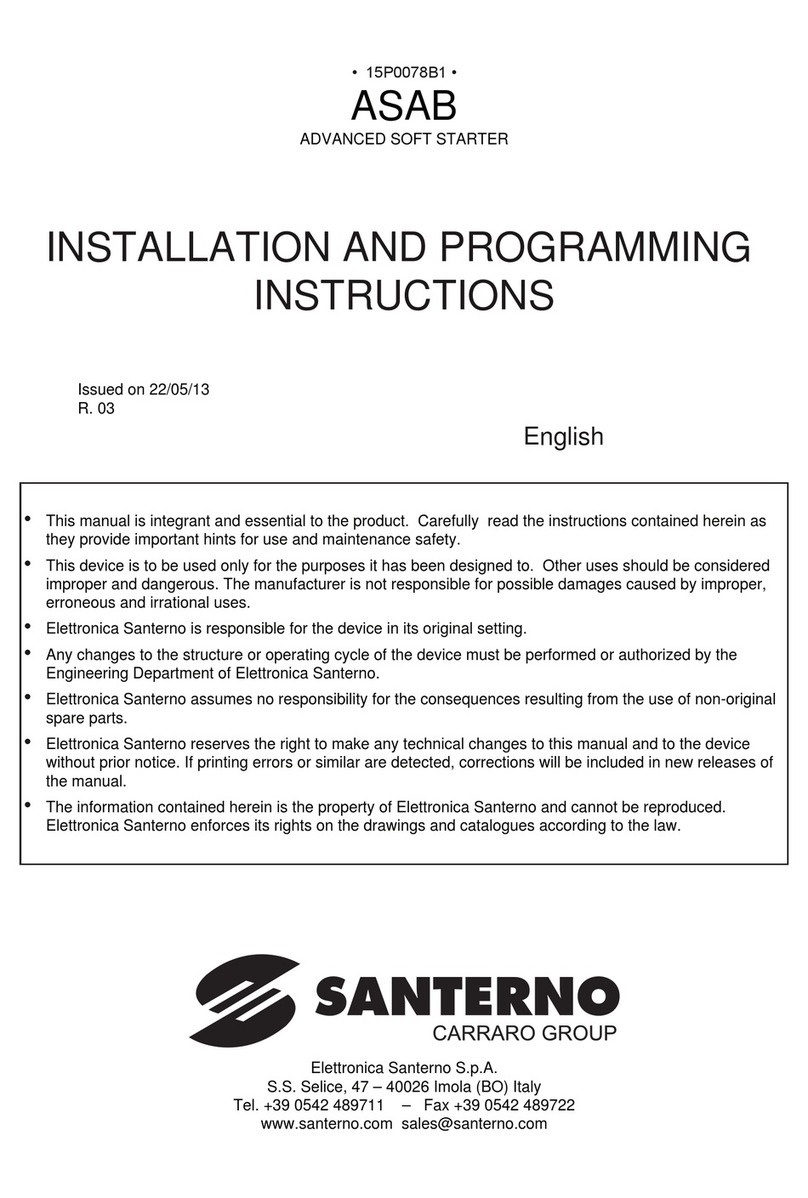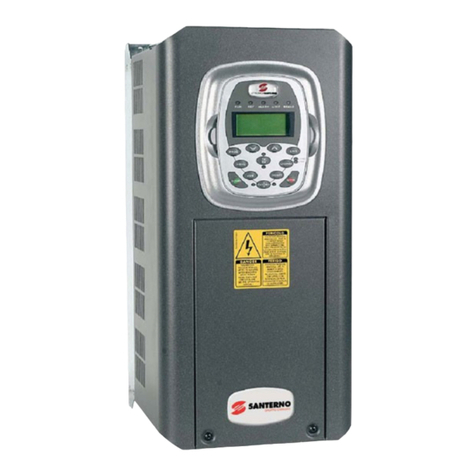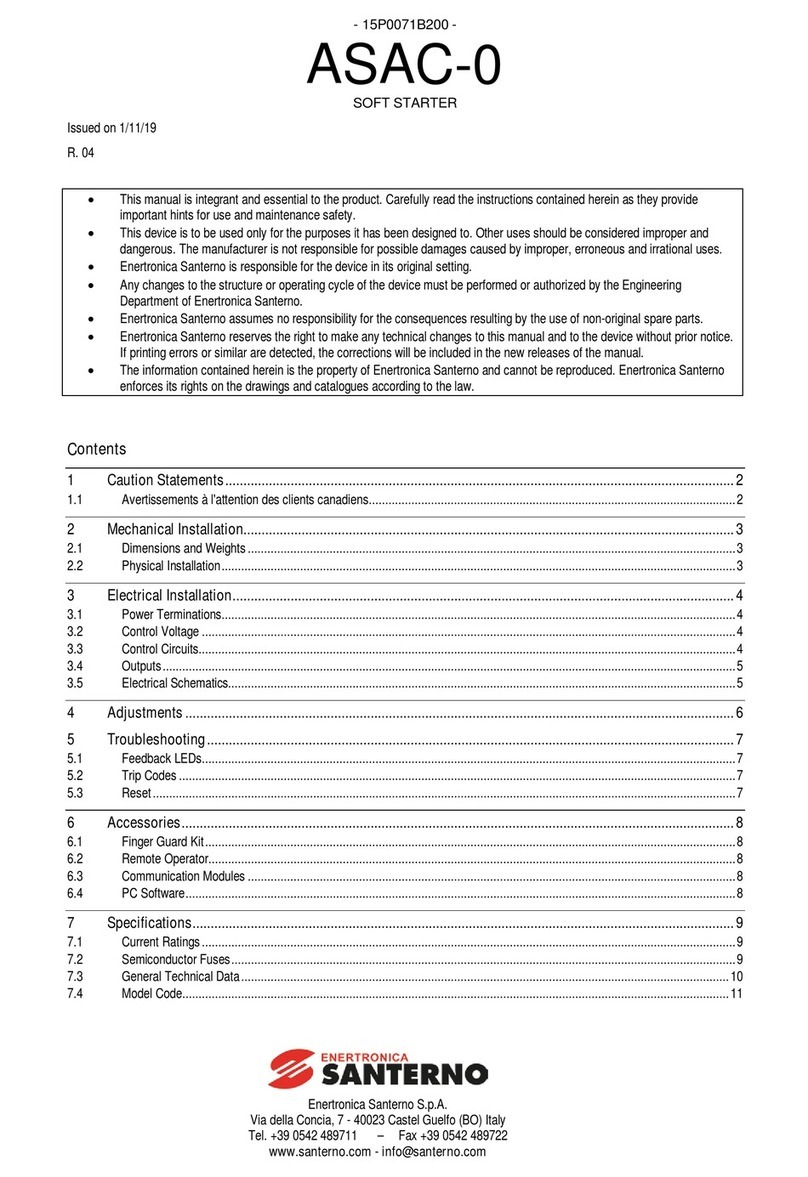
8.1 Internal Fault x
The table below details the internal fault code associated with trip code 104.
Message displayed on the keypad
Internal fault X
Contact your local supplier with the fault code (X).
Internal fault X
Contact your local supplier with the fault code (X).
9. Parameter Object
The DeviceNet Module supports parameter objects through explicit messaging. Soft starter parameters can be uploaded (written)
and downloaded (read) using DeviceNet management software. When the DeviceNet Module is powered up, it automatically
obtains parameter information from the soft starter.
xxx = maximum soft starter parameter number
Read single soft starter parameter value
Write single soft starter parameter value
NOTE
Only available on ASAB soft starters. For parameter details, refer to the soft starter User Manual.
10. Specifications
Enclosure
Dimensions ............................................................................................................................ 40 mm (W) x 166 mm (H) x 90 mm (D)
Weight ........................................................................................................................................................................................ 250 g
Protection ..................................................................................................................................................................................... IP20
Mounting
Spring-action plastic mounting clips (x 2)
Connections
Soft starter ........................................................................................................................................................... 6-way pin assembly
Network ................................................................................................... 5-way male and unpluggable female connector (supplied)
Maximum cable size ............................................................................................................................................................... 2.5 mm2
Contacts .............................................................................................................................................................................. Gold flash
Settings
Node address (MAC ID)
Setting .............................................................................................................................................................. Rotary switches
Range ............................................................................................................................................ 0 to 63 (63, factory default)
Data rate
Setting .................................................................................................................................................................. Rotary switch
Options ......................................................................................................... 125 kB, 250 kB, 500 kB (125 kB, factory default)
Power
Consumption
steady state .................................................................................................................................................. 19 mA at 25 VDC
......................................................................................................................................................................... 31 mA at 11 VDC
in-rush (at 24 VDC) ............................................................................................................................ 1.8 A maximum for 2 ms
Galvanically isolated
Certification
CE ............................................................................................................................................................................. IEC 60947-4-2
C .................................................................................................................................................................................IEC 60947-4-2
ODVA ........................................................................................................................................... DeviceNet Conformance Tested ®
